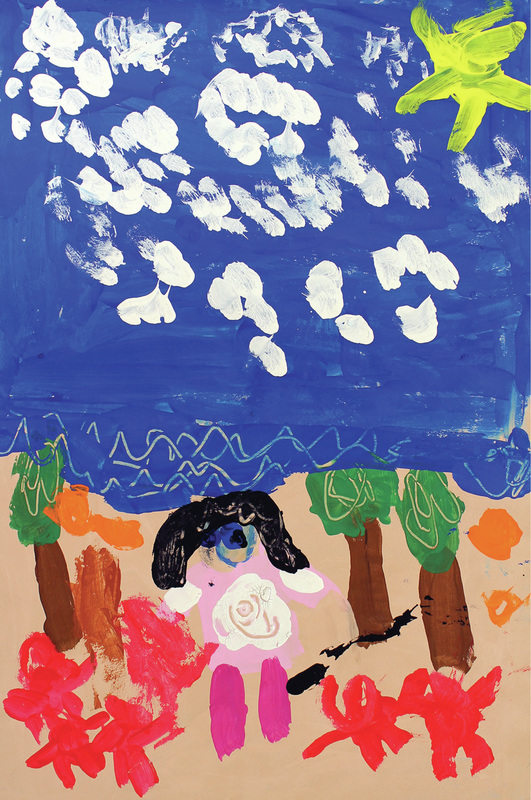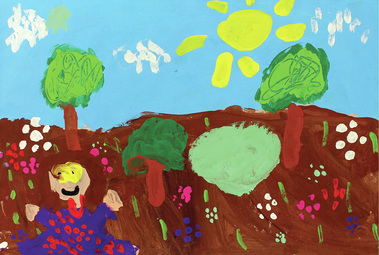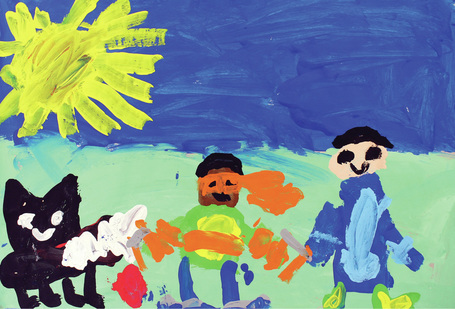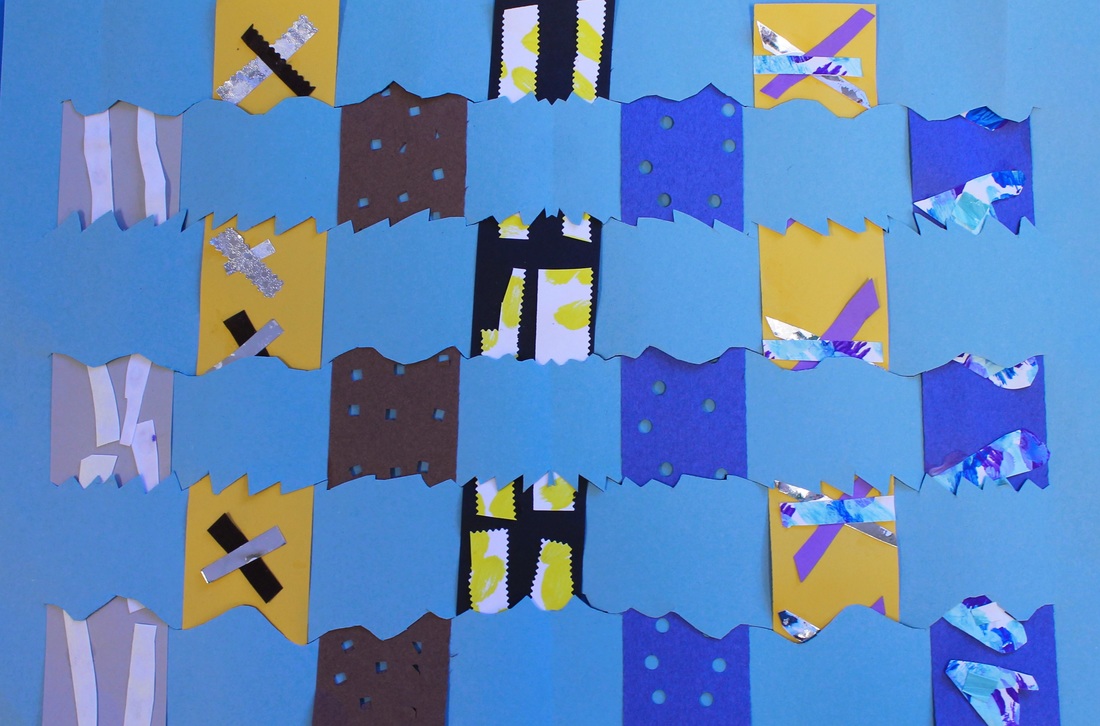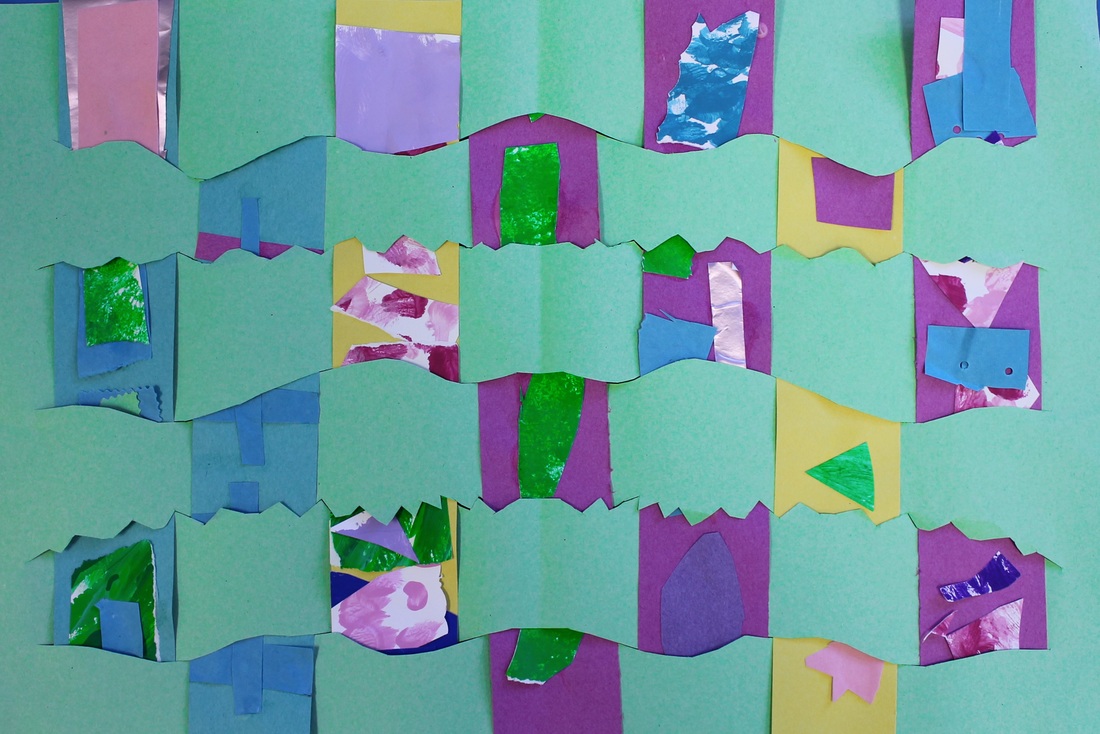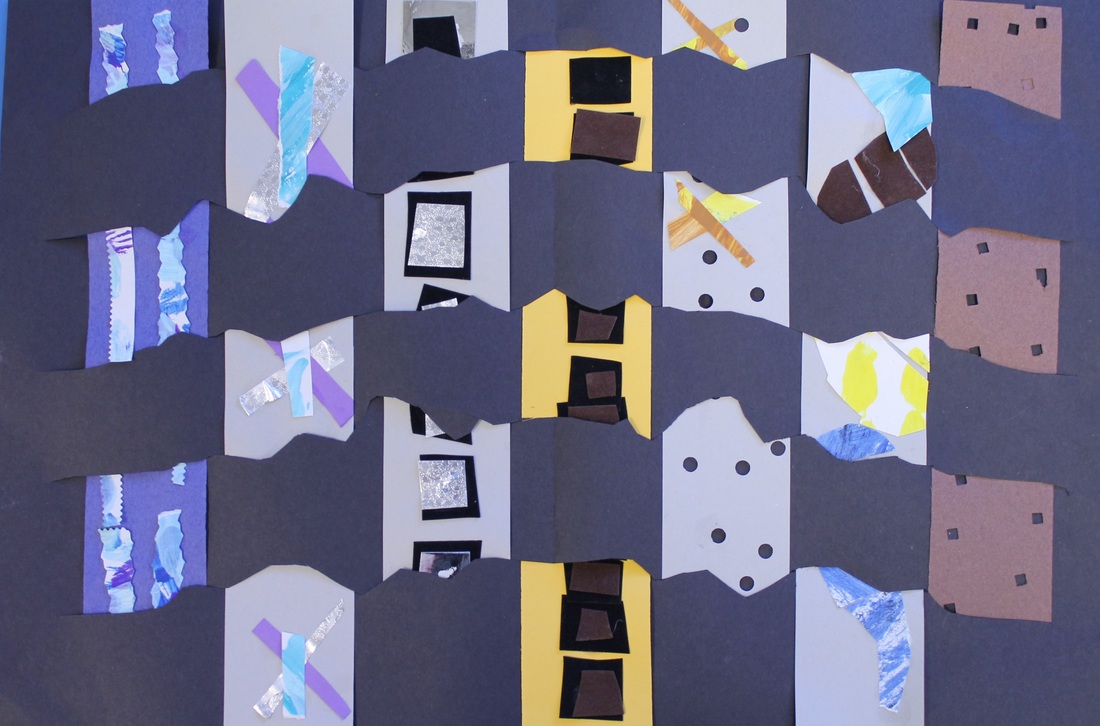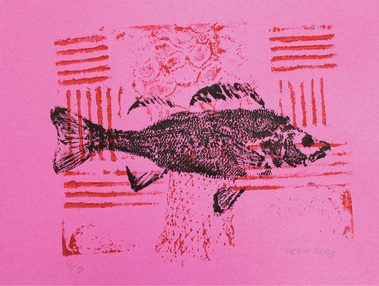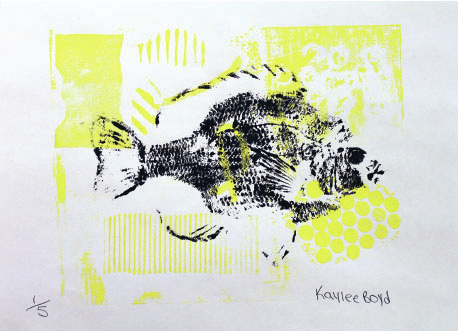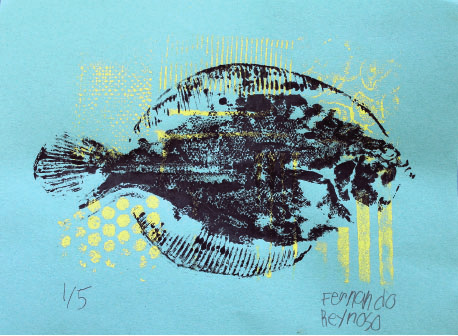|
| |||||||||||||||||||||
SECOND GRADE WEAVING
Challenge
Create a weaving that reflects the colors and textures found in a local natural environment. Objectives
FCPS Visual Arts Standards COMMUNICATE Students will use their own personal knowledge and also collaborate to brainstorm ideas related to colors and textures related to seasons and natural environments. Students will discuss weaving and their connection to the environment. Students will visualize their favorite local environment. CREATE Students will use rulers as a measuring tool for art production. Students will select colors for their artwork based on their symbolic expressive qualities. The students will experiment, practice and execute well-crafted cut paper techniques: layering, overlapping exploding and punching. Students will create a loom with a curved warp. Students will follow collage procedures while working on their paper weavings. RESPOND While looking at artworks, students will identity and describe the colors and textures they see communicated in the artworks and in their own artwork. Students will look at their own artwork to identify and describe qualities of craftsmanship in their paper weavings. CONNECT Students will describe how their artwork reflects the natural environment. Identify and describe how the natural environment is represented in the artworks shown in class. Students will incorporate their prior knowledge of science and the seasons when planning and creating their own artwork. |
| ||||||||||||||||||||||
|
|
FIFTH GRADE PRINTMAKING
Challenge
Create gyotaku inspired prints using collagraph and monotype printing methods. Objectives
FCPS Visual Arts Standards COMMUNICATE Students will use previous knowledge and collaborative strategies to explore concepts related to the theme of globalization to communicate meaning in artwork. Students will demonstrate the proper use and care of printmaking tools and materials. CREATE Students will experiment with different arrangements of elements in a composition to create collagraph printing plates. Students will follow steps to create artworks using both collagraph and monotype printing methods. Students will experiment and refine printmaking procedures, techniques and materials to produce well-crafted artworks. RESPOND While looking at artworks, students will compare and contrast artistic inspirations. Students will reflect and evaluate their own artwork in a written artist statement. Identify and describe the steps involved in two distinct printmaking processes: Collagraph and Monotype printmaking. CONNECT Students will incorporate their prior knowledge of science, history and social studies when discussing the global importance of oceans and fish and how their importance can inspire artworks.
| |||||||||||||||||||||||||
